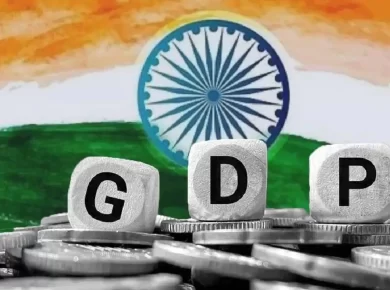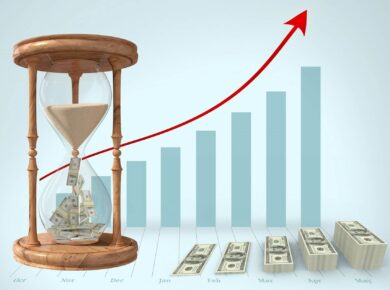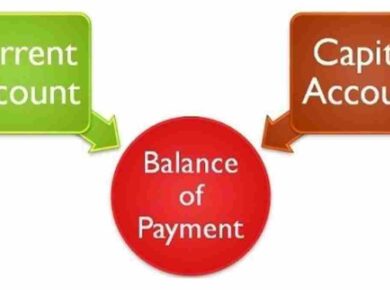Urjit Patel Committee & Tools to measure inflation
Points to Ponder in This Article – Understand the different tools used to measure inflation in India. Just read through the recommendations of Urjit Patel Committee who advocated for CPI to measure inflation with a pre -described range, which we use as of today.
Urjit Patel Committee
An expert committee appointed to examine the current monetary policy framework of the Reserve Bank of India. Headed by Urjit Patel, Deputy Governor of the Reserve Bank of India. Objective > To strengthened Monetary Policy Framework of RBI.
Recommendations – Urjit Patel Committee
- Use CPI as a mean to measure inflation of the country not WPI – (Food + Fuel)
Also read: GDP & GDP Calculation
- Target – 4% CPI, +/-2% Band [control inflation in 2-6% range.]
- Tool – Repo as policy rate, +/-1% spread in R-Repo & MSF,
- Time Limit – 0/12/24 (months) = 10/8/6% (CPI)
- Strategy – keep Repo rate higher than CPI.
- RBI to fix accountability in monetary policy making – Form a Monetary committee of 5 members
- Governor
- Governor
- RBI’s Executive Director
- Two outsiders/External members
- Noted Economists, finance experts etc., who’re not office bearers in RBI.
- Term: three years + Not eligible for re-appointment
- MPC Must issue a public statement & every MPC member must sign it
- This statement will contain:
- Why did we fail? (Reasons)
- How will we fix it (Future action proposed)
- By when will we fix it? (Timeframe)
- Government to help RBI to achieve set targets
- Eliminate administered prices (MSP on food grains, LPG cylinders)
- Eliminate administered wages (MNREGA)
- Eliminate administered interest rates (interest subvention given to farmers)
- Implement Vijay Kelkar Committee’s recommendations on fiscal consolidation.
- Religiously follow the guidelines & targets of FRBM
|
Present Targets |
|
| 2015 Jan | CPI Target (8%) |
| 2016 Jan | CPI Target (6%) |
| 2017 Jan | CPI Target (4%) |
Union Government and RBI signed an agreement on Monetary Policy Framework > Finance Minister to set inflation targets for RBI
- will specify the inflation targets for RBI, contrary to the recommendation of Urjit Patel Committee
- Until now, the RBI has the sole power to regulate the monetary policy & set inflation targets
Presently, Union Government and RBI give inflation estimates and do not set targets. But as per this agreement government has set a target for RBI to bring down inflation –
- below 6 % by January 2016
- 4 percent +/-2 percentage points for 2016-2017 & all subsequent years
This agreement mentions that if RBI fails to meet the target, it will –
- Report to the government with the reasons for the failure to achieve the target
- Propose remedial actions to be taken.
- Further estimate the time period within which the failed target would be achieved.
As per the agreement, this Monetary Policy Framework will be monitored by the RBI and it is binding on Union Government to take proactive measures for price control.
Tools to measure inflation > WPI, CPI, GDP DEFLATOR
- Before April 1, 2014 inflation was measured on WPI – (Food + Fuel)
- From April 1, 2014 will be measured on CPI based on Urjit Patel committee recommendations.
WPI – Wholesale price index
- Also known as Headline inflation > Calculated Weekly
- Compiled by Office of Economic Adviser (Under Ministry of Commerce and Industry) on base year 2012.
- Measures inflation at wholesale level (Average of all goods bought by traders) consisting approx. 676 items.
- Does not cover services.
CPI – Consumer price index
- Used by RBI to formulate Monitory Policies > Calculated Monthly
- Compiled by CSO under statistics Ministry on Base year 2012
- Measures inflation at final level or retail level (Average of all goods bought by consumers) consisting approx. 200 items.
- Do cover services
| CPI Before 2011 | CPI After 2011 |
There were 4 subtypes of CPI
|
Now only 3 subtypes of CPI
|
|
|
Different base years for different subtypes
|
|
GDP Deflator
- Compiled by CSO under statistics Ministry > Calculated Quarterly
- Formula > GDP @current price/ GDP @constant price
- RBI /Government does not use it much for policy making because GDP deflator data comes quarterly (not weekly/monthly basis)
For more updates, visit www.iasmania.com. Please share your thoughts and comments.
If you’re passionate about building a successful blogging website, check out this helpful guide at Coding Tag – How to Start a Successful Blog. It offers practical steps and expert tips to kickstart your blogging journey!







1 comment
Excellent Post